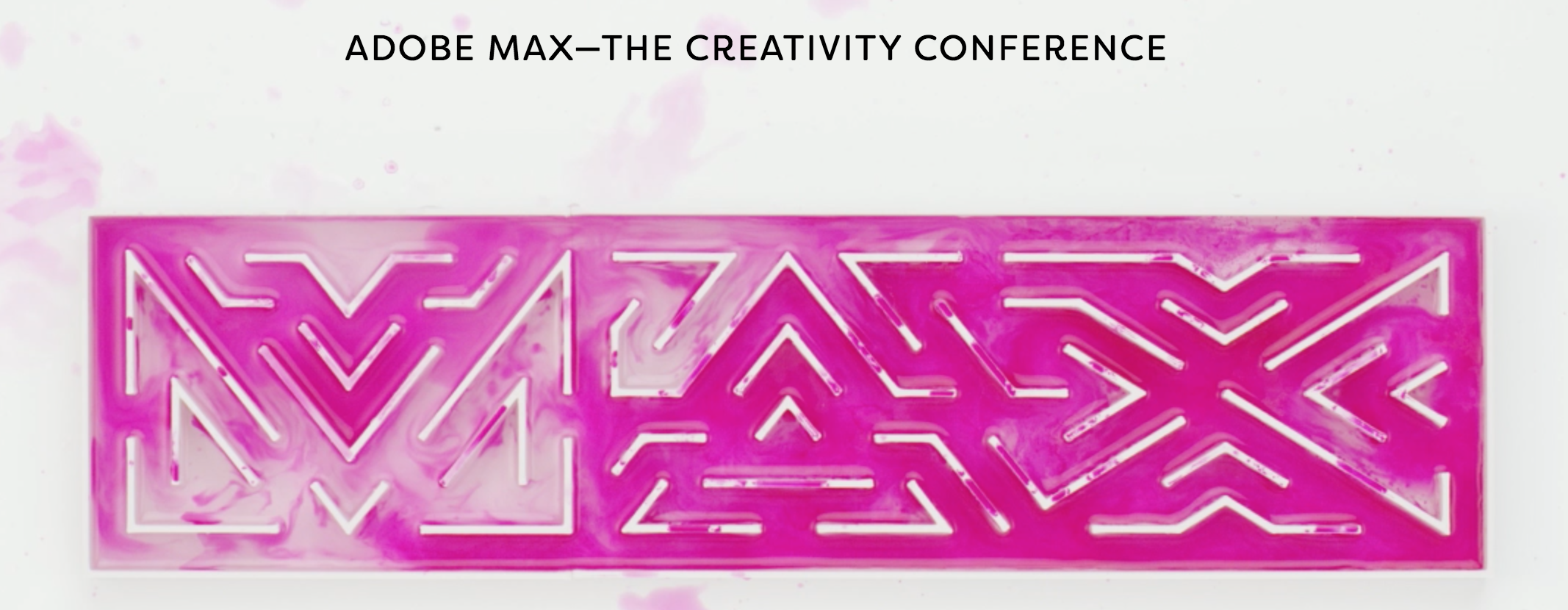Adobe MAX 2017 kicked off today with its usual jaw-dropping imagery, music, and presentations, highlighting a long list of new products, features, and enhancements that had the record-setting audience of more than 12,000 at the edge of their seats. In fact, it’s claimed to be the biggest release of products since the introduction of Creative Cloud five years ago.
CEO Shantanu Narayen’s keynote stressed how Adobe is passionate about empowering the creative community to push boundaries through technology, and introduced the new generation of Creative Cloud apps, services, and assets. Of particular focus throughout the various product and conceptual demonstrations was Adobe’s Sensei artificial intelligence technology, with glimpses of its early integration into various tools.
In particular, Narayen stressed that “everyone has a story to tell” and “experience matters,” with content at the core. The aim, he said, was to “harness the collective IQ” in Adobe’s AI tools.
What’s New in InDesign
Many of the product demos showcased amazing new creative features, especially Photoshop and Illustrator. Specifically for InDesign, announcements included new features that users have been wanting for some time.
Technology for Publishing has been working with the pre-release version of the product and has found that the new features, as described below, will certainly have a big impact on your workflow, layout design options, and how you work with fonts and text assets in InDesign. Here’s what you can expect from InDesign CC 2018 (check out our new handbook, Using Adobe InDesign CC 2018, to learn about these new features in more detail):
Easily add endnotes No longer do you need to rely on third-party products or scripts to add endnotes to your documents. Settings in the new endnotes options dialog will help you create styled endnotes that are automatically placed at the end of a document or story. Navigating from the endnote reference number to the endnote text is a snap as well.
Add borders to paragraphs First there was paragraph shading and now there are paragraph borders. No longer do you need to create a separate text box, apply a border, and then anchor it into your text flow. This new feature lets you highlight important text with these styled borders that continues to flow with your text. It’s a great way to easily add another design element to your text.
Filter your font list How many fonts do you have in your font list? If you like to have all your fonts available to you, it can be a time-consuming process to search through them and find what you need. New filters added in this release can help you easily search long font lists. The font similarity filter will list fonts that are similar to a selected font. The font classification filter lets you choose what type of fonts you are looking for—serif, san serif, or decorative, for example.
Size and position in object styles If you use object styles, this is a long-awaited update. You can now add specifications to an object style that will size (width, height, or width and height) and position (X only, Y only, or X and Y coordinates) your object when the style is applied. You can also choose the proxy for object position.
Text as an asset in CC Libraries You can now add text assets to your CC Libraries. Formatting and styles can be saved with the asset, and when it is dragged and dropped into a document, it brings the text with all the formatting that was applied to it. These text assets can be used in both Illustrator and InDesign.
Learn about these features and more in Technology for Publishing’s latest handbook edition, Using Adobe InDesign CC 2018. See Adobe’s announcement here.
We have lots of useful info to help you in your creative role: Check out our bi-weekly tips blog every other Tuesday, as well as highlights of interesting and noteworthy stories from the publishing world every other Friday.
Also sign up for our industry newsletters: TFP’s This Week in Publishing, Media Metrics, Women in Media, and Publishing Innovations. Think we missed something great? Let us know! Leave a comment below or drop us a note.
Posted by: Monica Murphy



